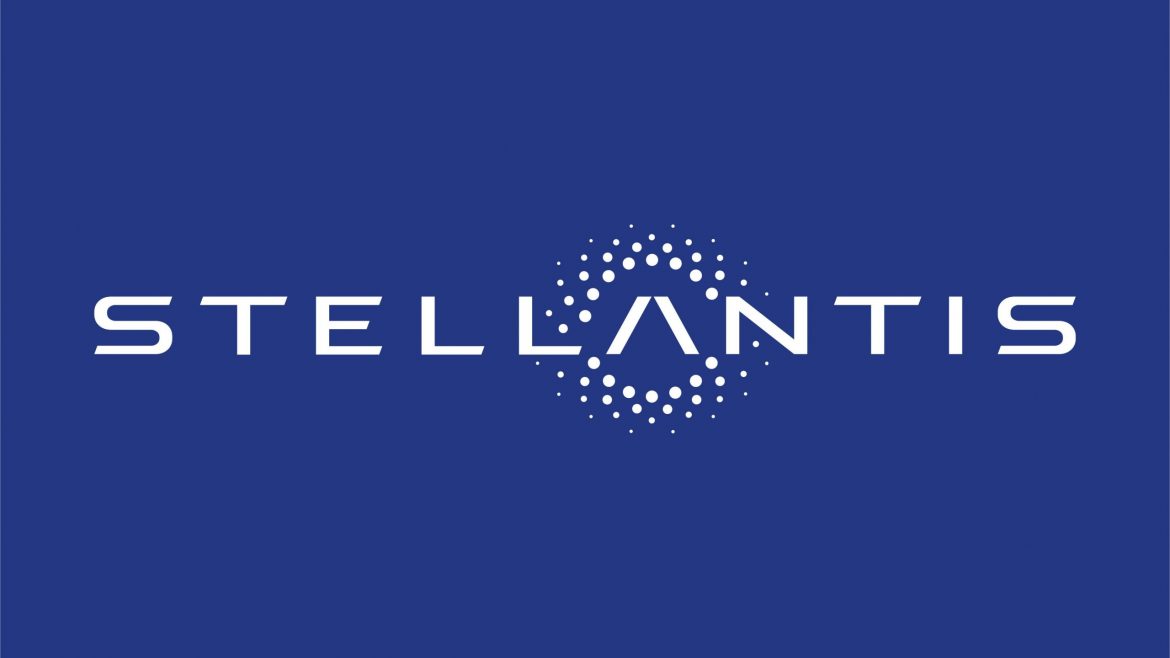Stellantis, the result of a merger between Fiat Chrysler Automobiles and Peugeot (PSA) in 2021, has been facing a challenging economic environment, with its stock down by around 39% this year. In an attempt to revive slipping sales in the region, the company has recently shaken up its senior management and has been cutting its salaried and hourly workforce over the past year.
The decision to lay off a significant portion of the workforce at the Toledo plant has angered the United Auto Workers (UAW) union, which represents these employees. UAW President Shawn Fain has threatened a nationwide walkout at Stellantis factories, just a year after a six-week strike at the automaker and its Detroit competitors.
Fain has highlighted Stellantis’ delays in a planned billion-dollar investment into a new battery plant and factory in Belvidere, Illinois as a sign that the company is breaking promises made in a labor deal with the union last year. Stellantis has maintained that it is abiding by the terms of the agreement.
The layoffs at the Toledo plant, which will see the South Assembly Plant move from two shifts to one, have drawn the attention of both Vice President Kamala Harris and former President Donald Trump. Trump has threatened to impose a 100% tariff on Stellantis if the automaker attempts to move U.S. jobs to Mexico.
In a statement, Stellantis acknowledged the “difficult actions” it is taking, but insisted that they are necessary to “enable the company to regain its competitive edge and eventually return production to prior levels.” The affected employees at the Toledo plant will receive one year of supplemental unemployment benefits under the UAW contract.
The proposed job cuts at the Jeep Gladiator plant in Toledo are the latest in a series of workforce reductions undertaken by Stellantis as it seeks to streamline its operations and improve its financial performance. The automaker’s decision has been met with strong resistance from the UAW, which views the layoffs as a betrayal of the labor agreement and a threat to the livelihoods of its members.
As Stellantis navigates this challenging period, the tensions between the company and the union are likely to intensify. The outcome of these negotiations will have significant implications for the future of the Toledo plant, the surrounding community, and the broader automotive industry in the region. With the involvement of high-level political figures, the Stellantis layoffs have become a closely watched issue with far-reaching consequences.



